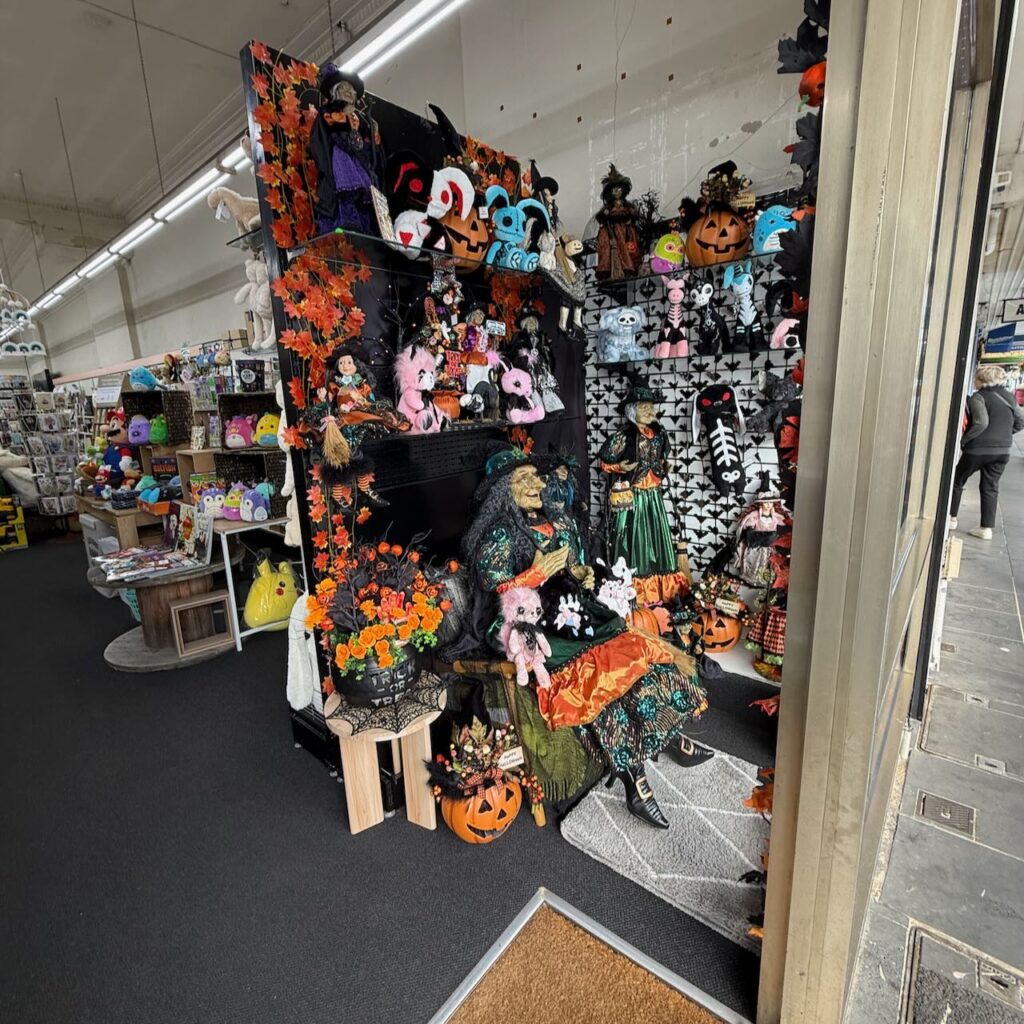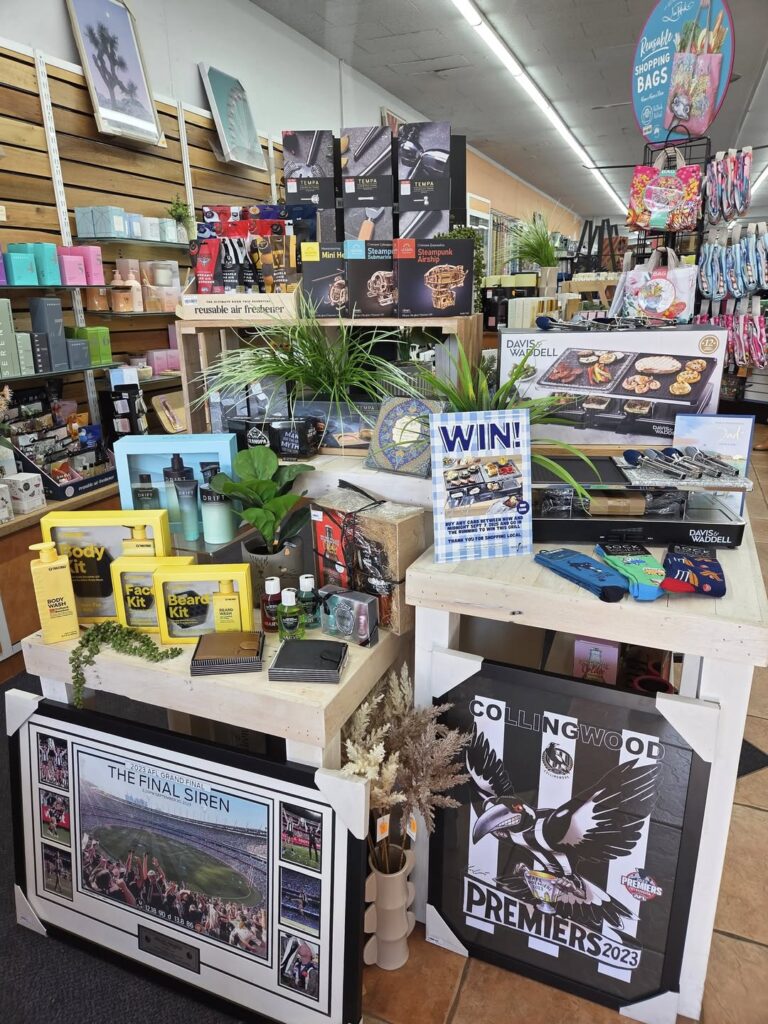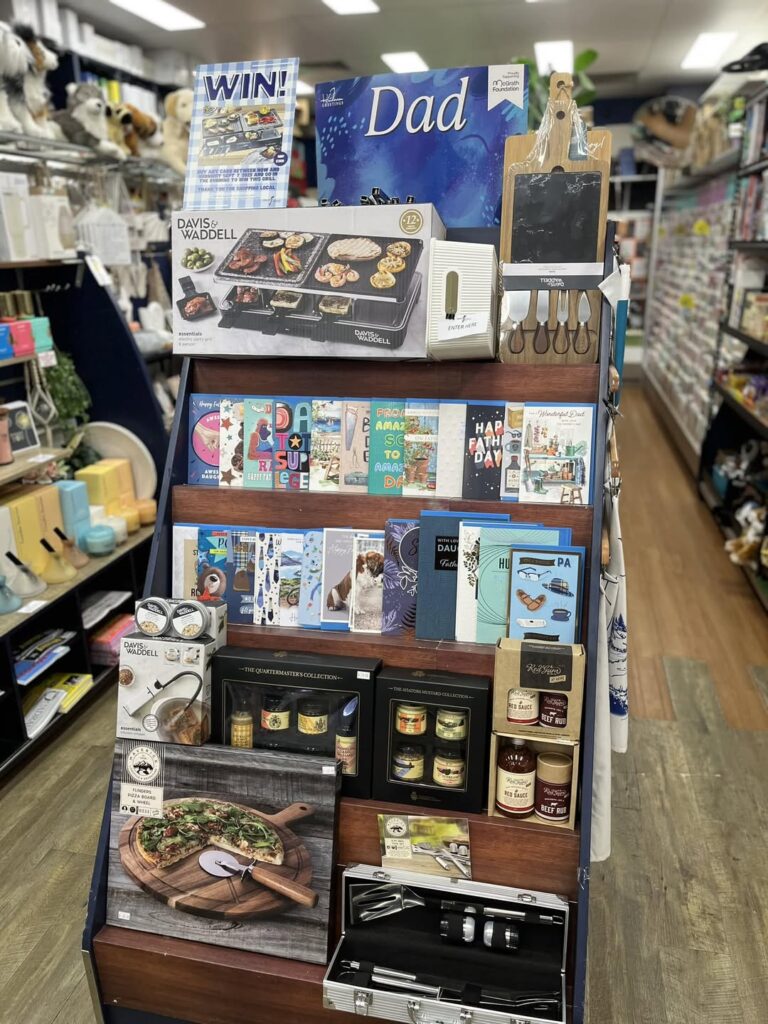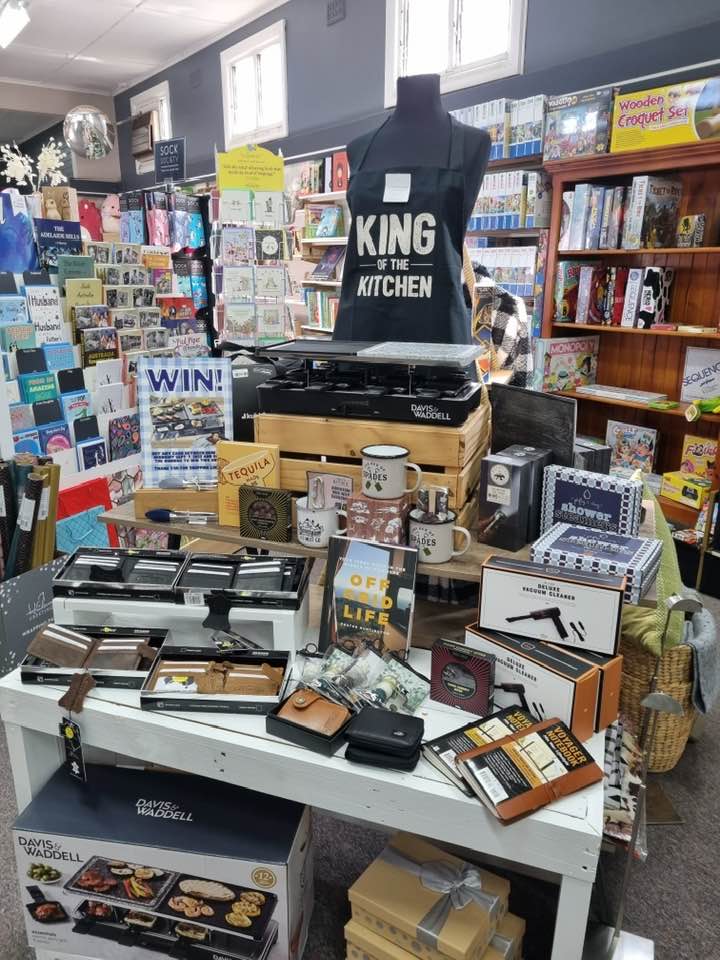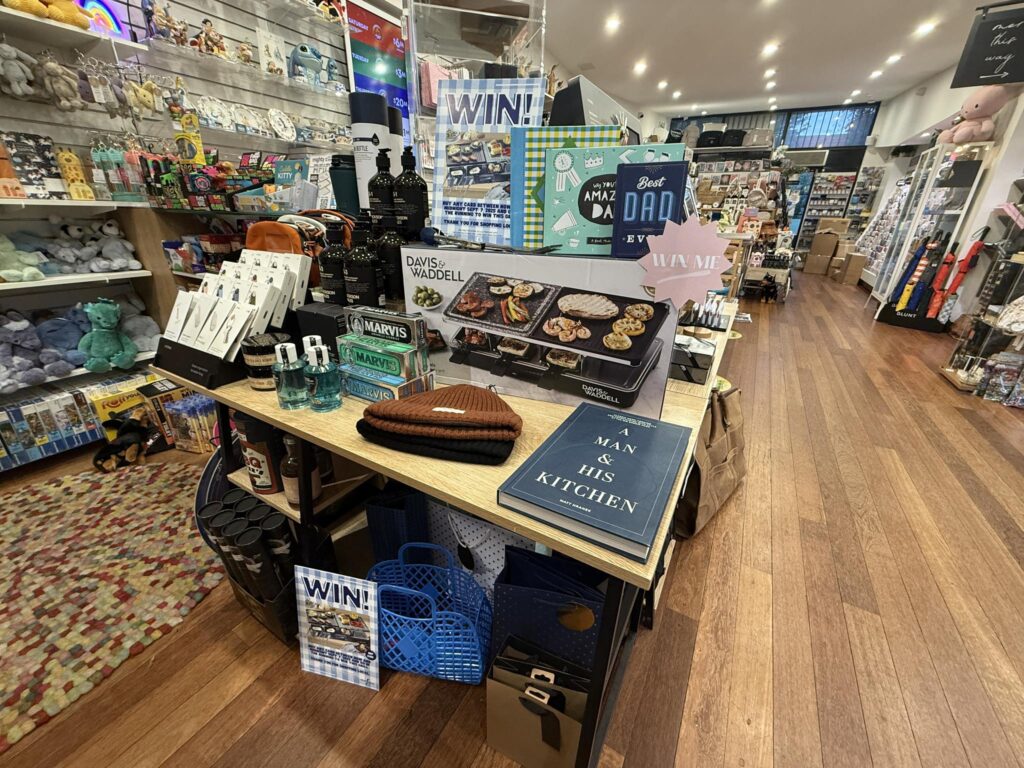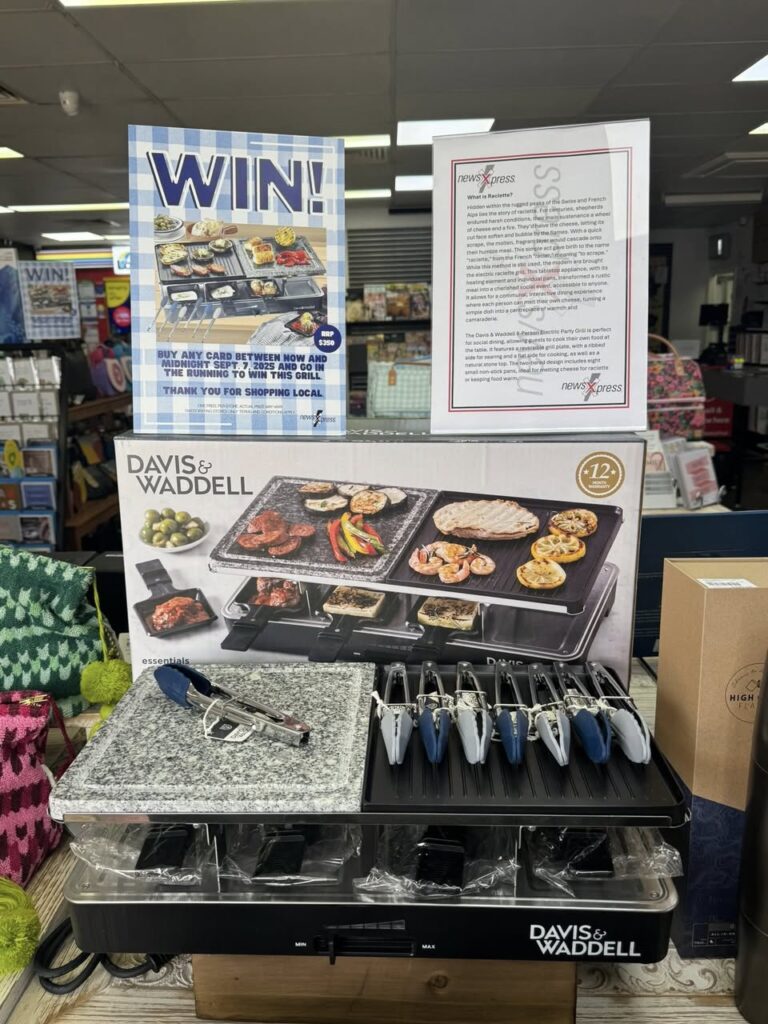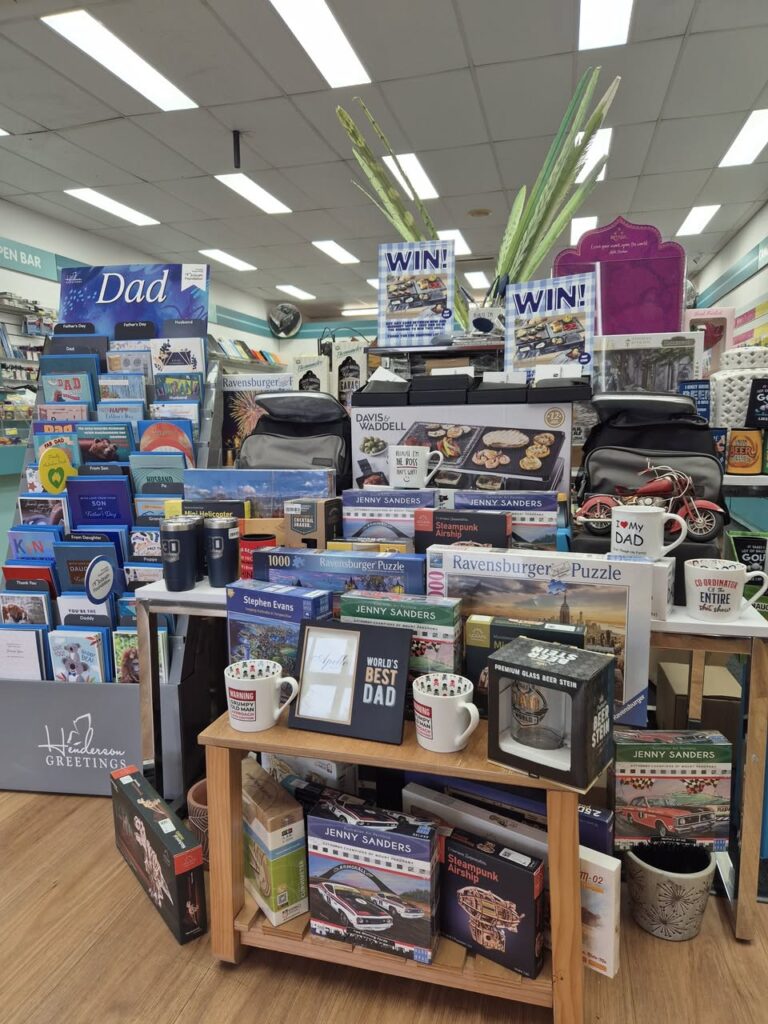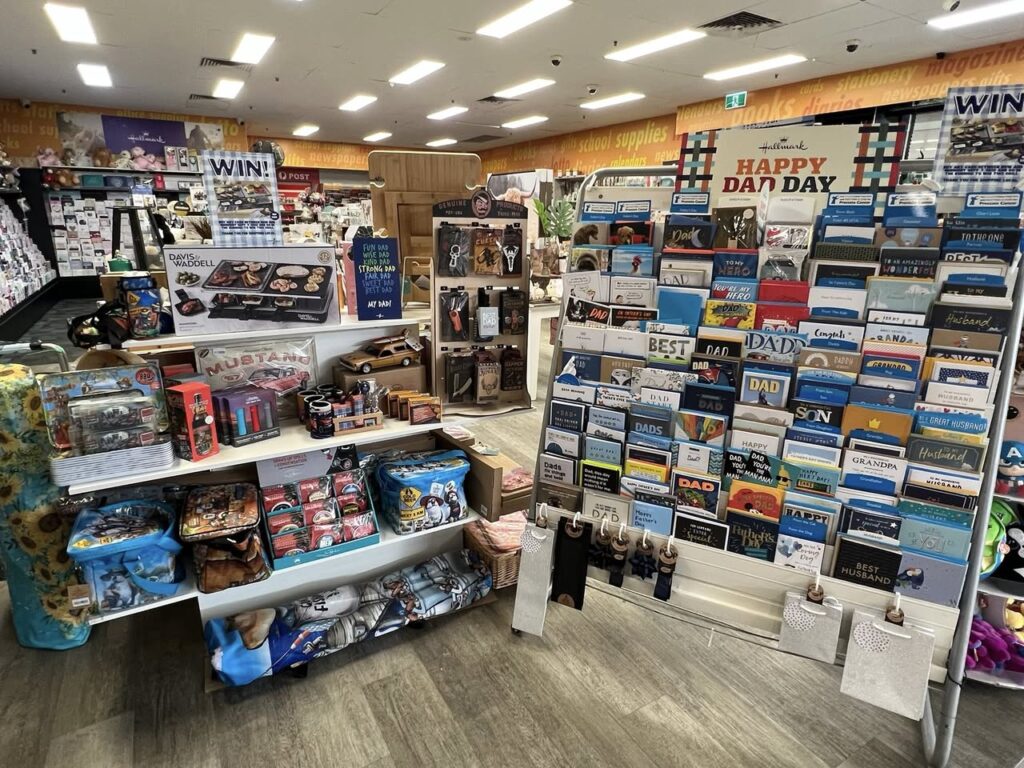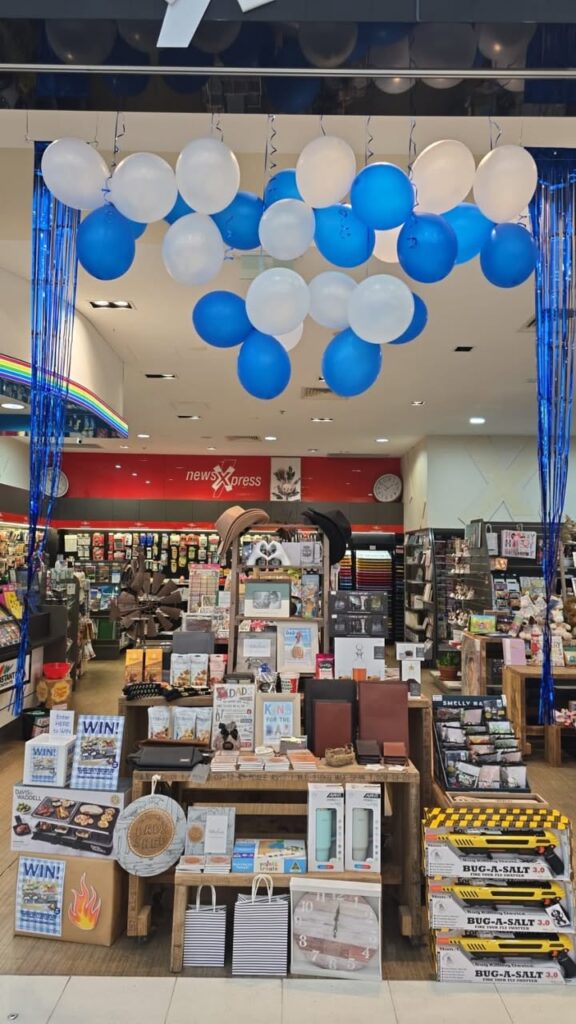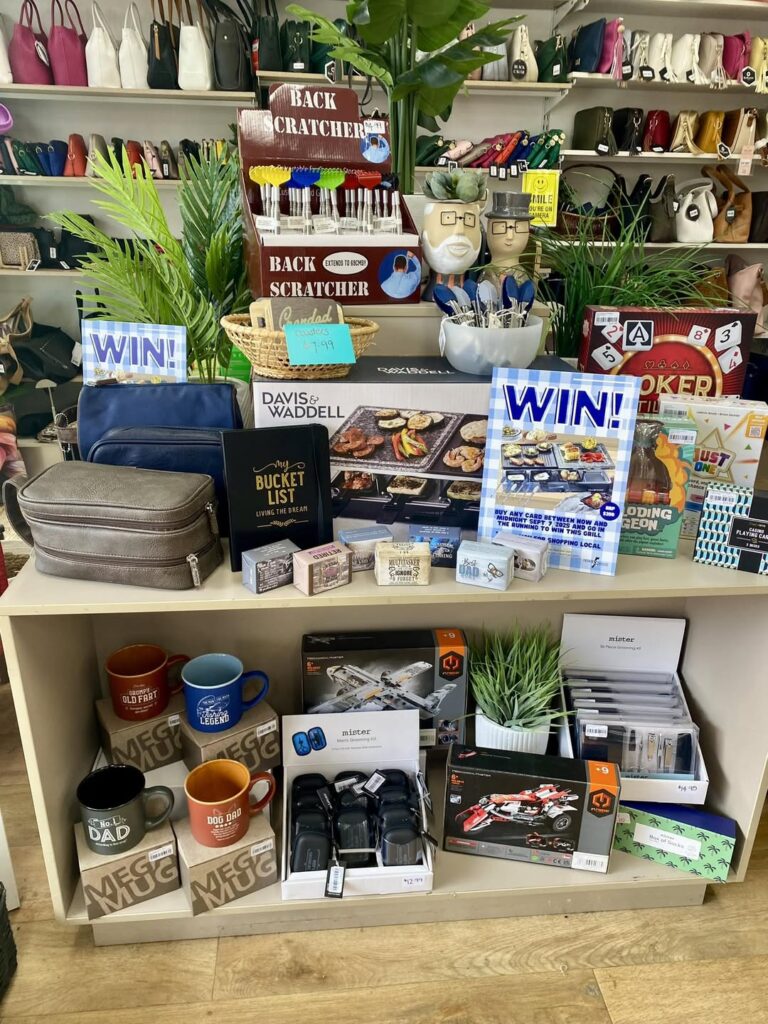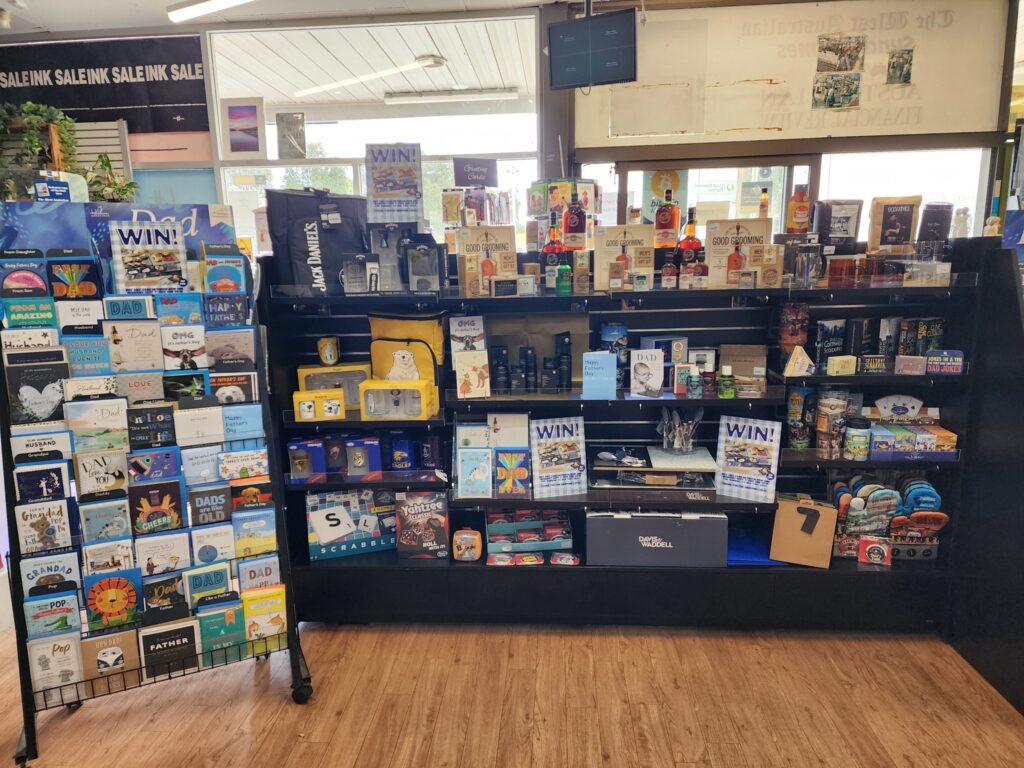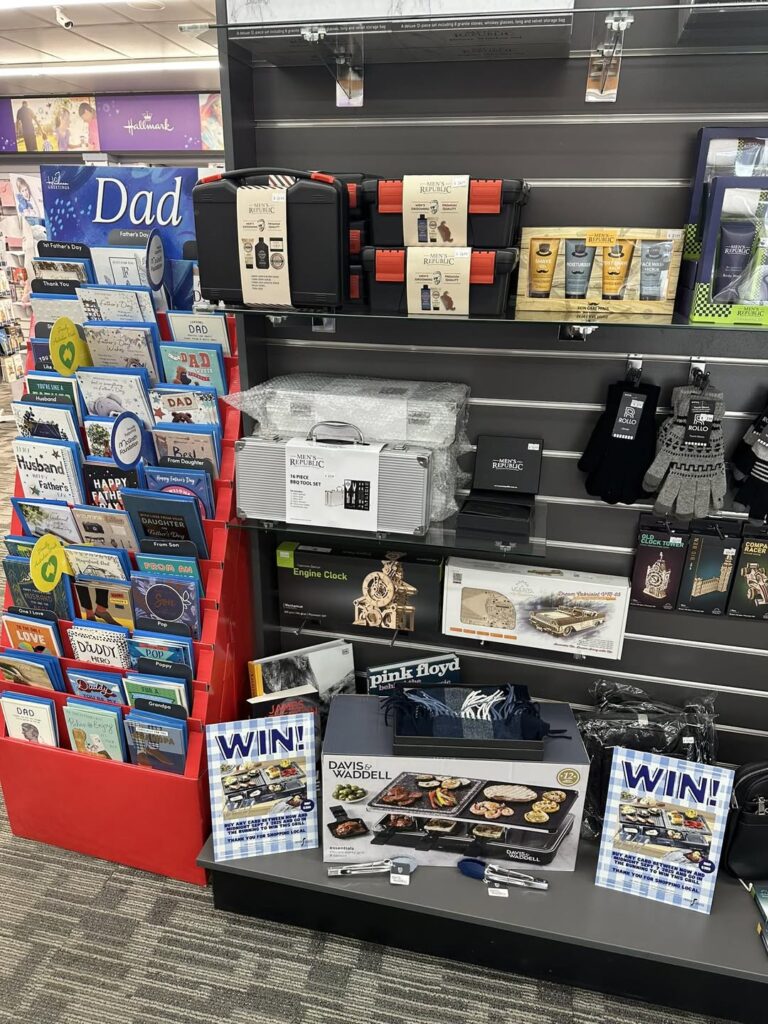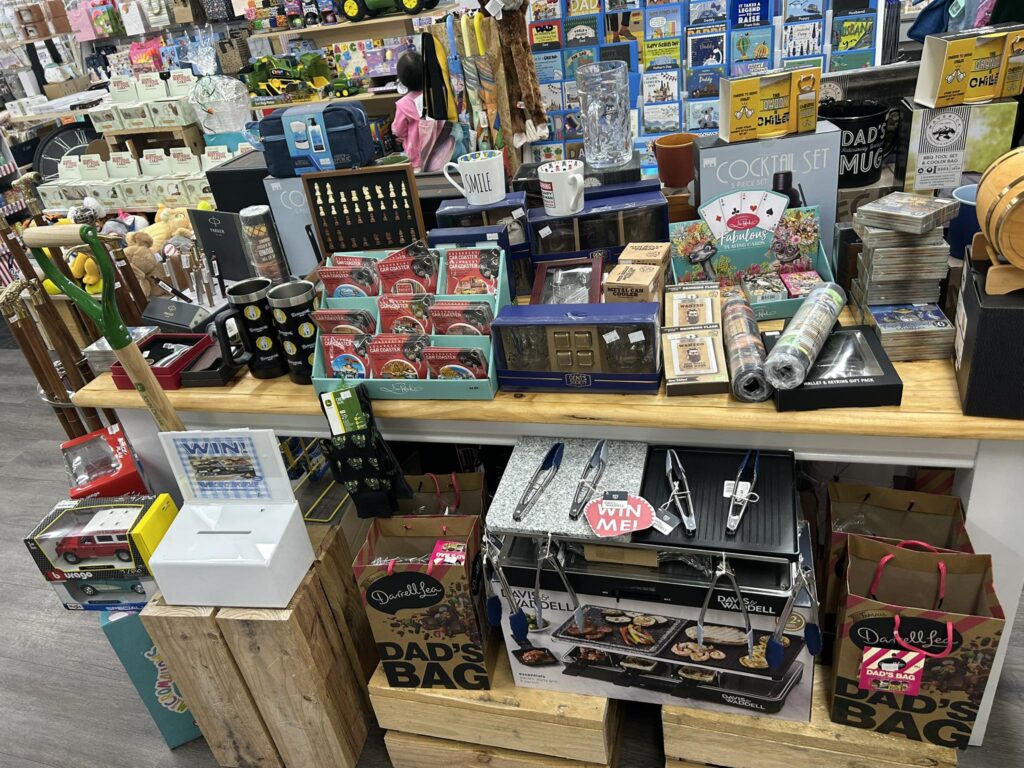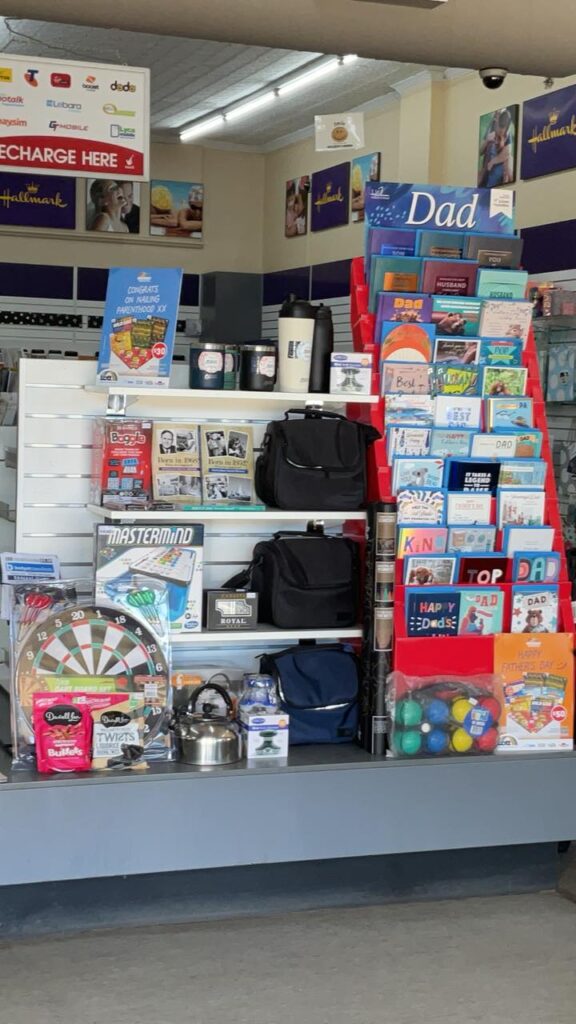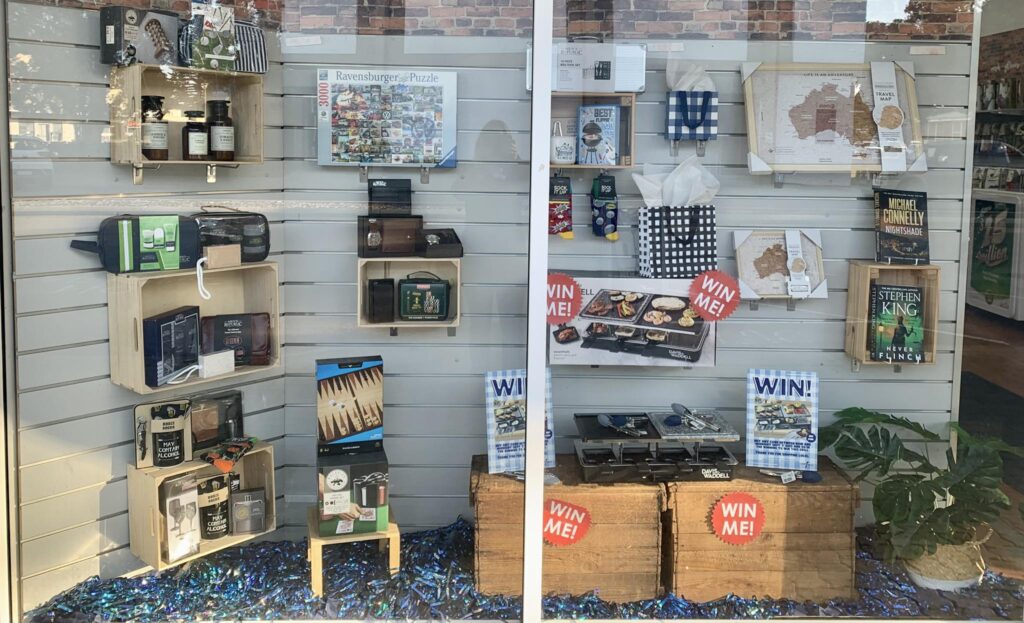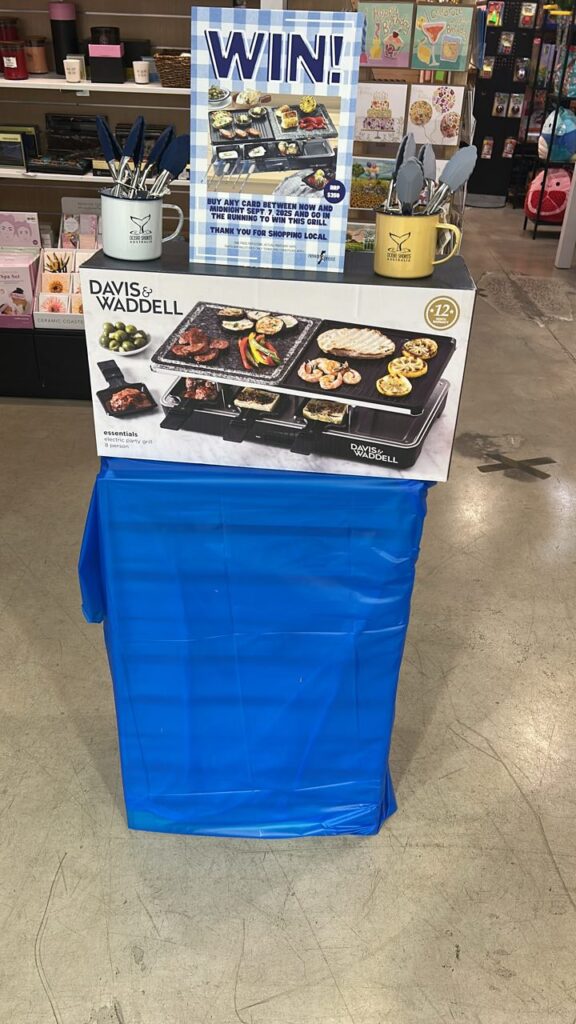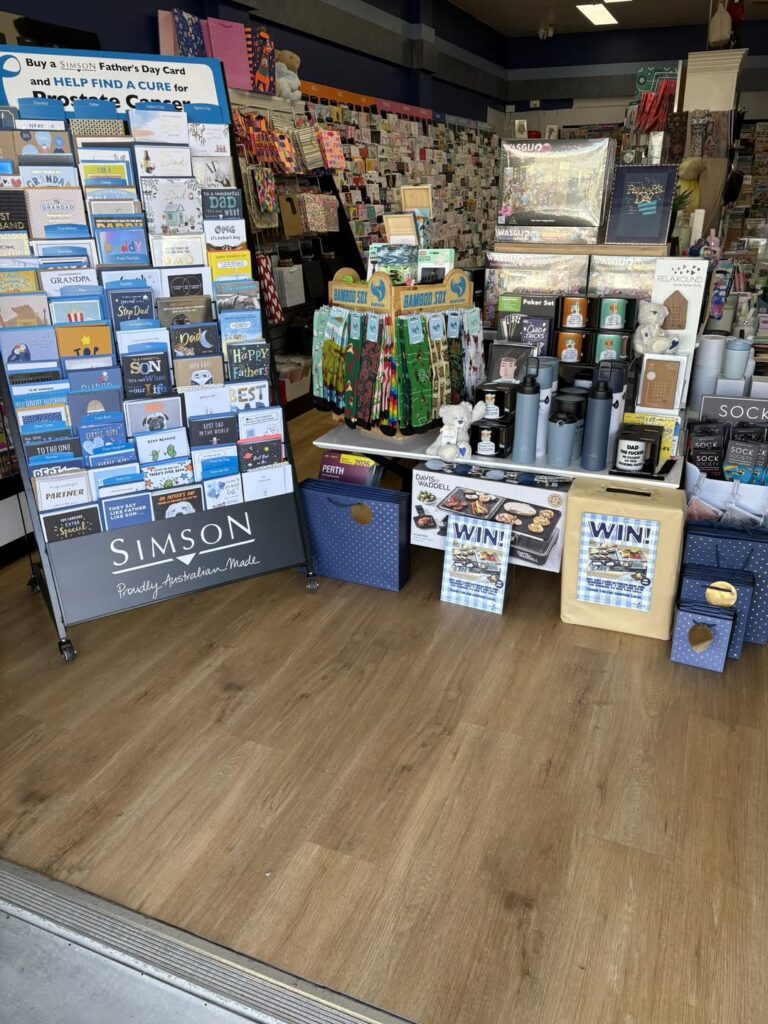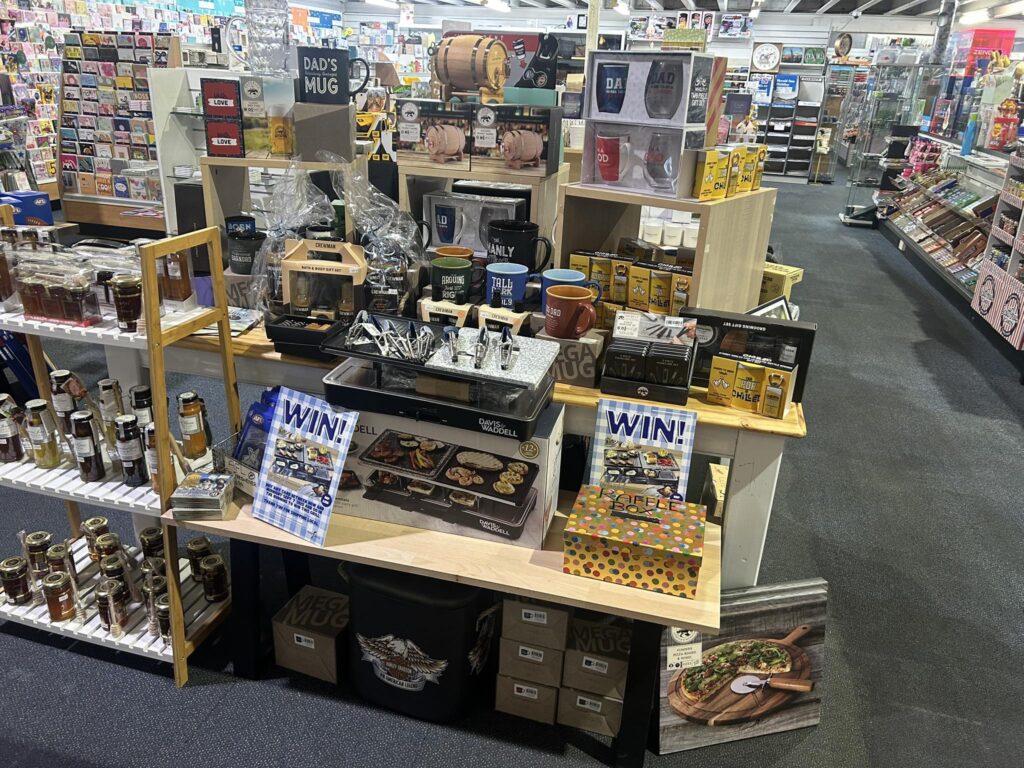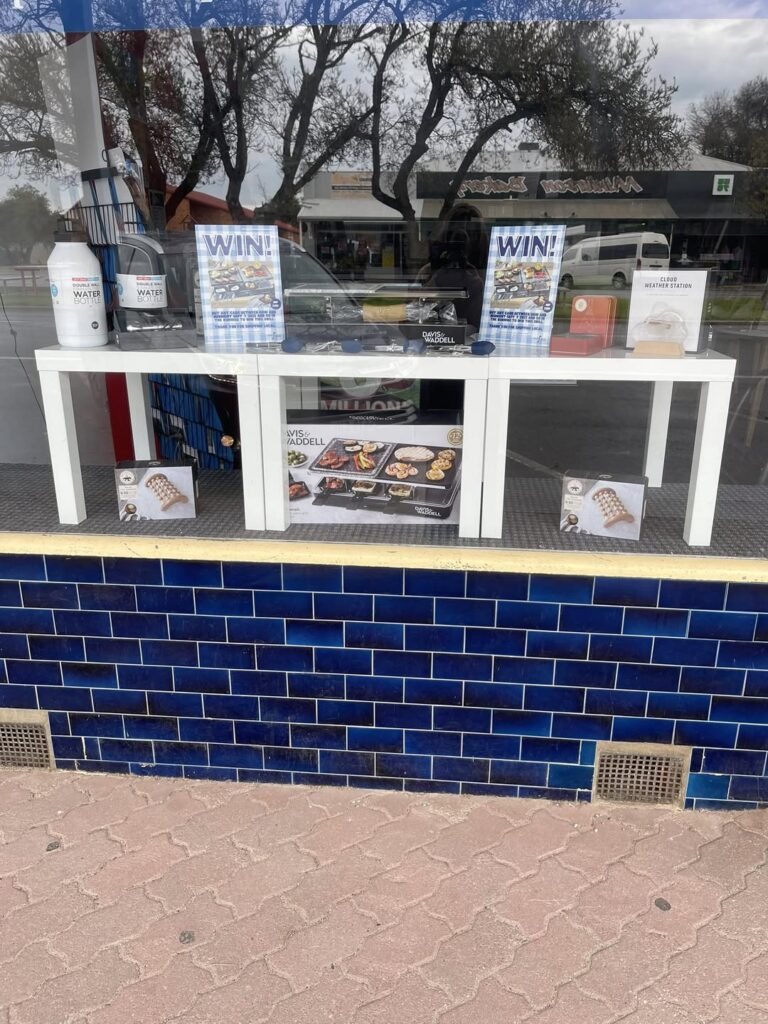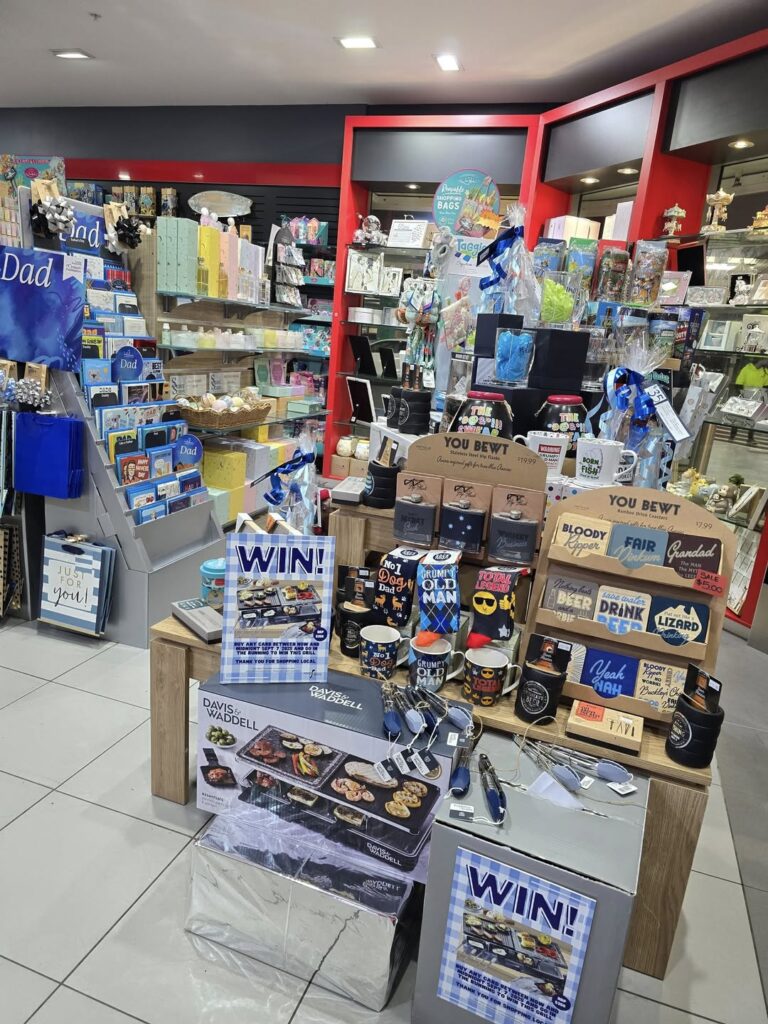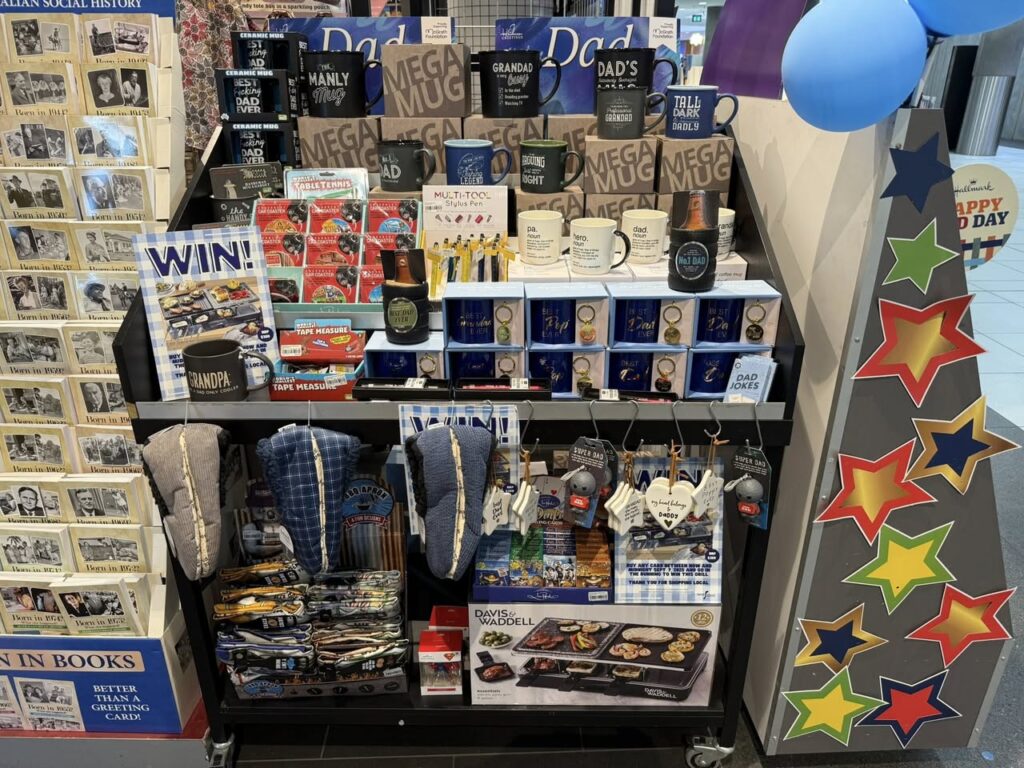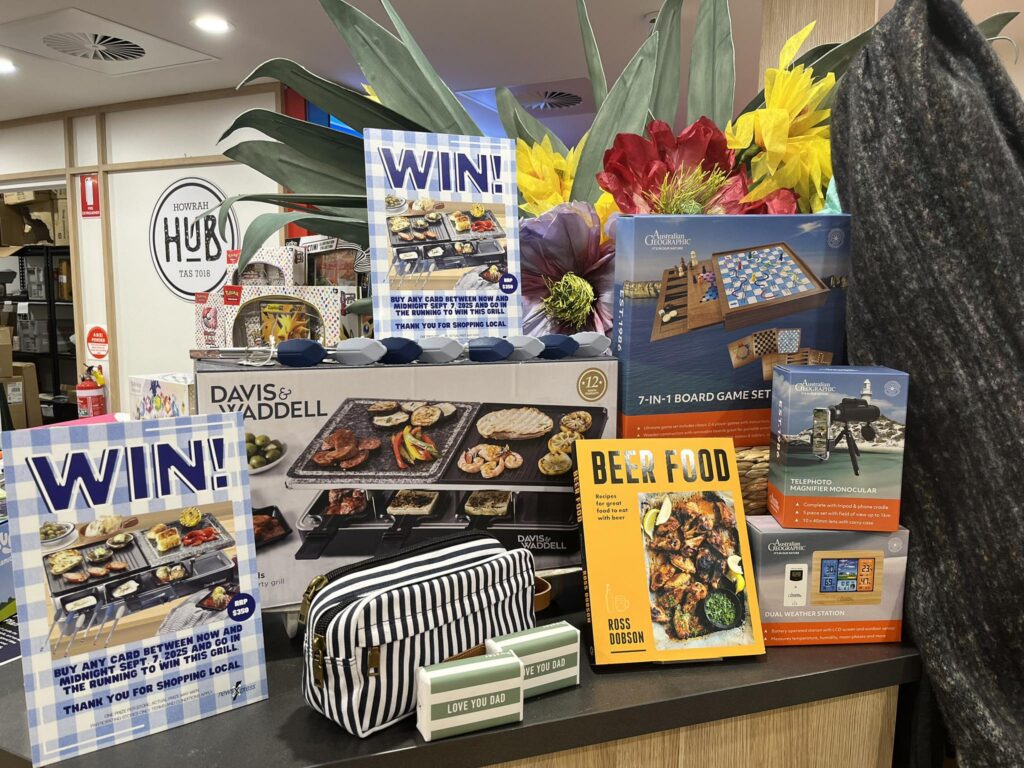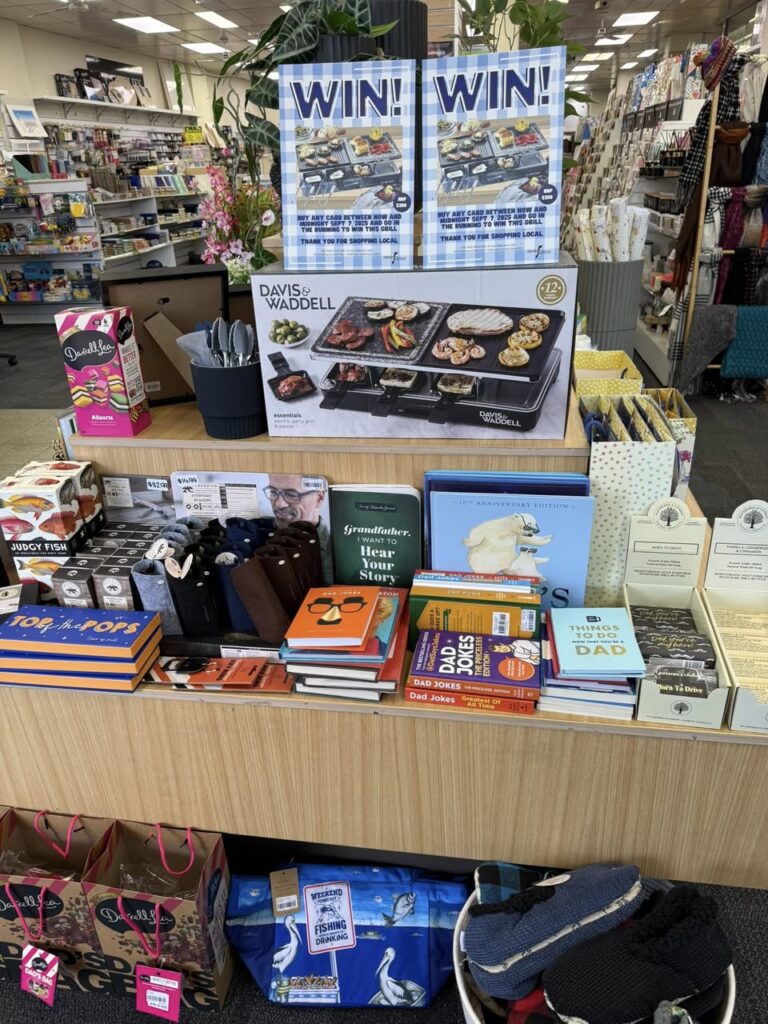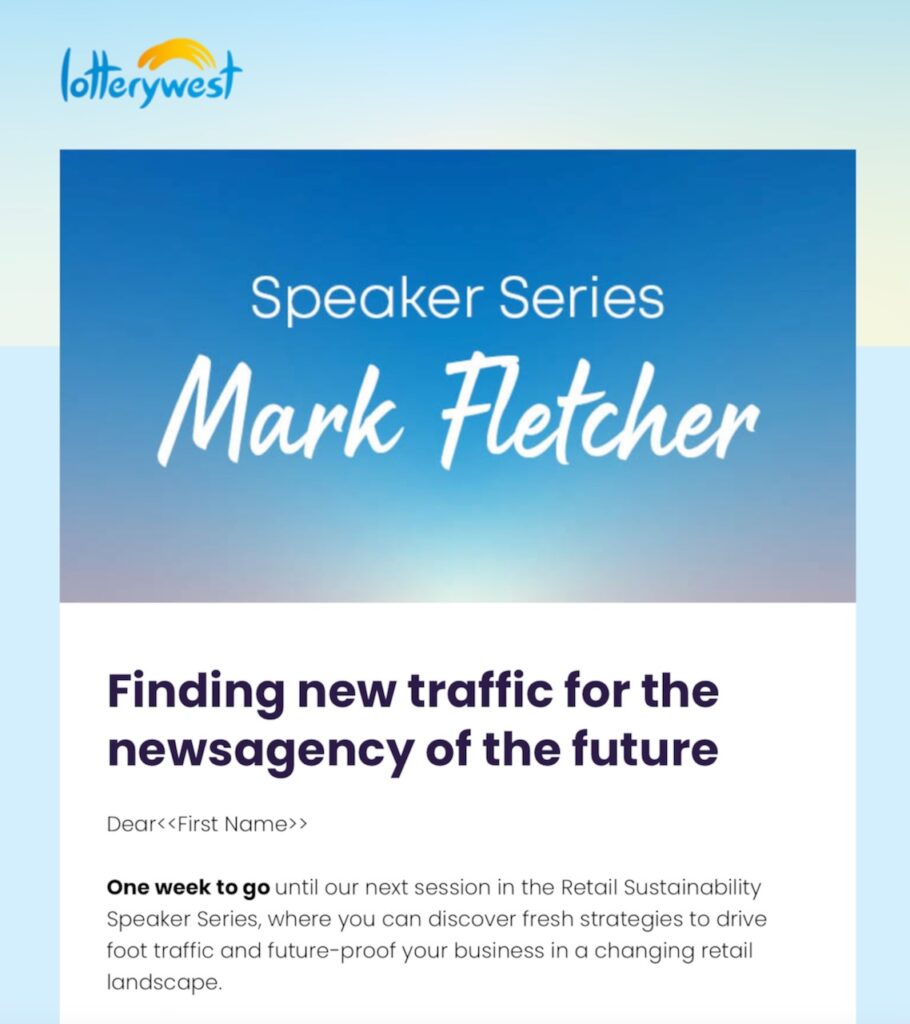Opinion: NewsQuake from NLNA is rooted in the past
I’ve been asked my opinion about the NewsQuake services launch by NLNA this week. Well, here it is, and it is my opinion. If you’re interested in newsQuake, do your own research, make up your own mind.
NewsQuake pitches parcel pick up, money transfer and bill payment services to newsagents.
These services have been available to and through newsagents for many years.
They are agency services, meaning newsagents receive a commission or service fee that is fractional in terms of the transactional value to the shopper.
The pitch to newsagents is that offering the services drives new traffic. While that may be true, looking at newsagent basket data for decades, I see no evidence that agency business translates into meaningful retail product sales.
There are reasons people paying a bill, picking up a parcel or sending money don’t buy other products in the shop visit:
- The visit is a destination visit, for purpose, anything else is a distraction.
- The visit is annoying, so they are not of a mindset for a happy product purchase: they are sending money to someone who is not good at saving, they are paying a bill they are not happy with, they are guilt ridden over the online purchase they are there to pickup.
- They don’t see you as a shop. Rather, you are a depot, and that’s how they think of you.
- The visit is a counter visit, they have no reason to look at the body of the shop.
- Your headspace in dealing with them is that of an agent who is aware their value to you today is a few cents and not one of a retailer serving a customer who could spend $350.00 on beautiful gifts.
The other experience with agency business those of us who have offered them in the past is that your agency customer is likely more demanding in terms of attention and transaction time than you are compensated through commission.
Those of us who did Bill Express all those years ago will have stories of customers arguing with you about a bill they are paying, for which you receive a few cents, wanting you to fix a billing issue and not accepting that you cant – all the while a customer with a $250.00 gift purchase is waiting to pay you.
There is a disconnect between the agency shopper and the retail shopper.
I think it’s worth thinking about who makes money out of each bill payment, parcel pickup and money transfer transaction. In each case I suspect there are at least three businesses making margin on the transaction. In my experience from offering these services in the pack and unpacking where margin dollars fell, the retailer always made the smallest margin while carrying the highest labour cost. I can’t speak to this being the case with NewsQuake.
The News Corp. news story about NewsQuake was nice. News Corp. is a commercial partner of NewsQuake though. That was reflected in the puff piece. I smiled at a dinosaur of a company promoting this dinosaur group of services.
Good on NLNA for trying something. My suggestion to them tis to come up with ideas that are actually relevant for newsagents in 2025 and beyond. It’s not NewsQuake in my opinion.
The future of each Australian newsagency business can be found in trading outside the traditional shingle, away from agency products. Your future is in you being an innovative and proactive retailer. This is something I covered at length in my Lotterywest presentation: https://www.youtube.com/watch?v=7ELmh8Grzd8





